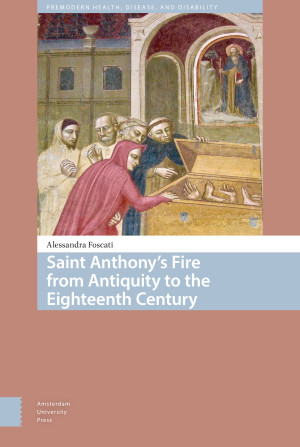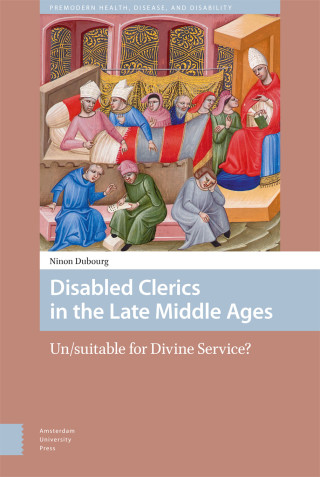"Statt immer wieder zu fragen, welches heutige Syndrom denn nun „eigentlich“ hinter der angeblich defizitären Anamnese eines mittelalterlichen Chronisten stecke, sollten wir die kulturell wirksamen Krankheitskonzepte der Zeitgenossen ernst nehmen und in all ihrer Widersprüchlichkeit und Vielschichtigkeit nachzuzeichnen versuchen. Alessandra Foscati tut dies quellenkritisch und begriffsgeschichtlich mit großer Präzision."
- Gregor Rohmann, Frankfurt am Main, Zeitschrift für Historische Forschung 47 3 (2020)
"I enjoyed reading this book, which brings a scholarly approach to a topic that has often
been misunderstood and oversimplified in general medical history texts of past decades. For this
reason, it will be a welcome addition to the shelves of academic libraries. While the relationship
between the terms sacred fire, Saint Anthony’s fire, and ergotism was a fluid one that varied over
the centuries, here we find a good understanding of where their meanings overlap, and where
they do not."
- Piers D. Mitchell, Speculum Vol. 97, No. 2 (April 2022)
In short, Saint Anthony's Fire from Antiquity to the Eighteenth Century can be considered a milestone in the study of the ignis sacer and its relationship with the Fire of Saint Anthony and ergotism. The abundant selection of works and authors of a very diverse nature (medical, legal, hagiographic) over such a wide span of time - from Antiquity to the nineteenth century - makes this book a work of great scientific rigour and a model for future research on the lexicon of pathology.





